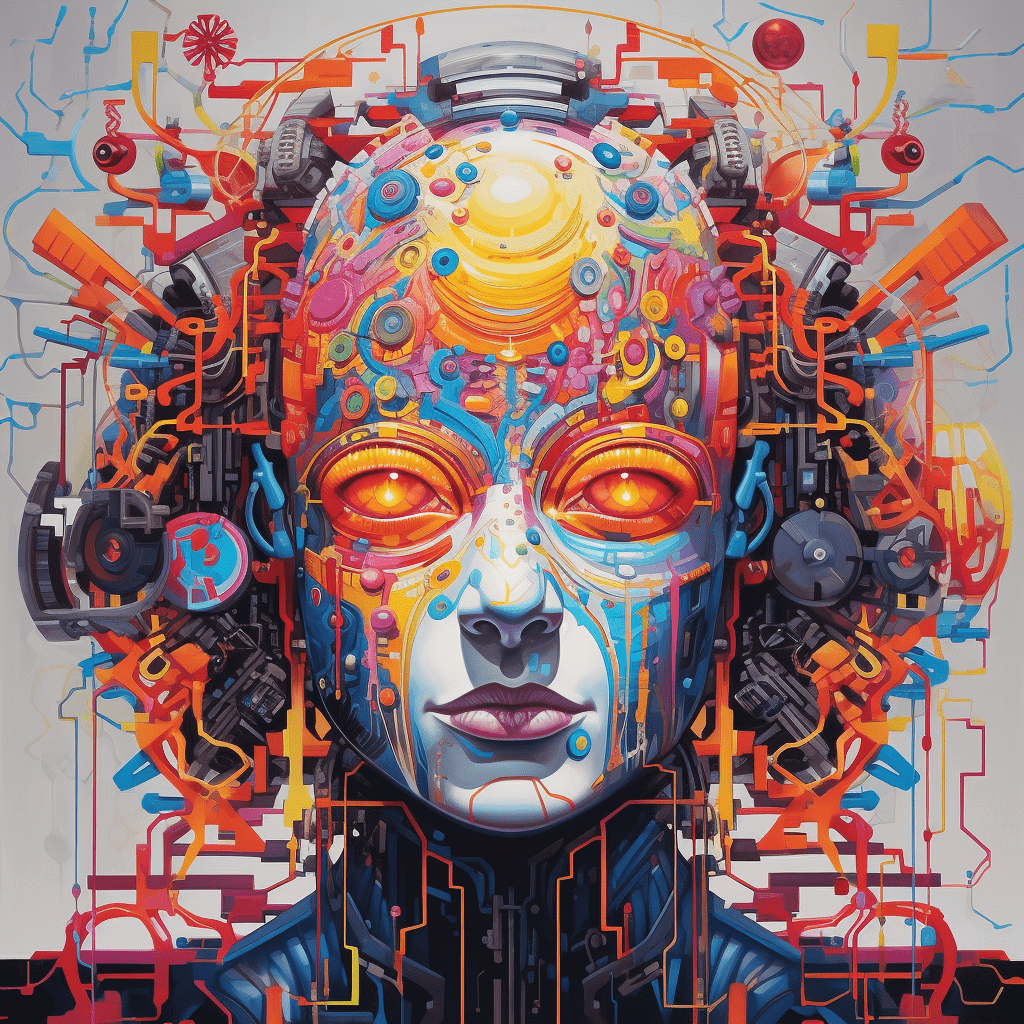
Using DXF Files in Creating Wall Decor
Share
Title: "Using DXF Files in Creating Wall Decor"
Introduction:
CNC laser and plasma cutting machines have become indispensable tools for creating various decorative items, including wall decor. They allow bringing even the boldest ideas to life and crafting exclusive products from metal, wood, or acrylic. One of the key aspects of this process is the use of DXF files, which contain vector images and serve as the foundation for programming the machine's actions. In this blog, we will explore the application of DXF files in producing wall decor and the advantages it offers in crafting unique decorative pieces.
1. What are DXF Files, and How They Are Used in CNC Laser and Plasma Cutting Machines
DXF (Drawing Exchange Format) is a file format used for exchanging information between different software programs, including graphic design software and CNC machine programming software. It contains vector data that represents geometric shapes such as lines, curves, and polygons. DXF files are employed in CNC laser and plasma cutting machines to program cutting and engraving points on various materials.
2. Advantages of Using DXF Files in Creating Wall Decor
a) High Precision: DXF files containing vector data ensure high cutting and engraving precision. This is crucial when crafting intricate designs and captivating details that demand exceptional accuracy.
b) Creativity: DXF files allow designers to bring their most creative ideas to fruition as they can be designed using graphic design programs like AutoCAD, CorelDRAW, or Adobe Illustrator. This empowers designers to create unique and personalized pieces for their clients.
c) Material Versatility: By utilizing DXF files, designers can work with a wide range of materials, such as metal, wood, acrylic, and more. This enables them to select the optimal material for each decorative item.
d) Scalability: DXF files can be modified using graphic design software without sacrificing quality, enabling the creation of wall decor in different sizes and shapes.
3. How to Use DXF Files in Crafting Wall Decor
a) Design Selection: The first step is to choose the desired design or create a custom one using graphic design software. Consider the material's properties and the specific advantages of the chosen CNC machine.
b) Preparing the DXF File: Once the design is ready, it should be saved in DXF format. It's crucial to ensure that all design elements are converted into vector objects.
c) Cutting and Engraving: After loading the DXF file into the CNC machine's programming software, you can begin the cutting and engraving process on the selected material.
d) Finishing Touches: Lastly, the decorative piece may require additional finishing touches, such as painting, polishing, or assembly, to enhance its final appearance.
Conclusion:
DXF files play a pivotal role in the creation of captivating wall decor using CNC laser and plasma cutting machines. The use of vector-based data ensures high precision, material versatility, and a vast array of design possibilities. With the ability to scale designs freely, designers can produce unique and eye-catching wall decor that caters to their clients' individual preferences and aesthetic tastes.
Introduction:
CNC laser and plasma cutting machines have become indispensable tools for creating various decorative items, including wall decor. They allow bringing even the boldest ideas to life and crafting exclusive products from metal, wood, or acrylic. One of the key aspects of this process is the use of DXF files, which contain vector images and serve as the foundation for programming the machine's actions. In this blog, we will explore the application of DXF files in producing wall decor and the advantages it offers in crafting unique decorative pieces.
1. What are DXF Files, and How They Are Used in CNC Laser and Plasma Cutting Machines
DXF (Drawing Exchange Format) is a file format used for exchanging information between different software programs, including graphic design software and CNC machine programming software. It contains vector data that represents geometric shapes such as lines, curves, and polygons. DXF files are employed in CNC laser and plasma cutting machines to program cutting and engraving points on various materials.
2. Advantages of Using DXF Files in Creating Wall Decor
a) High Precision: DXF files containing vector data ensure high cutting and engraving precision. This is crucial when crafting intricate designs and captivating details that demand exceptional accuracy.
b) Creativity: DXF files allow designers to bring their most creative ideas to fruition as they can be designed using graphic design programs like AutoCAD, CorelDRAW, or Adobe Illustrator. This empowers designers to create unique and personalized pieces for their clients.
c) Material Versatility: By utilizing DXF files, designers can work with a wide range of materials, such as metal, wood, acrylic, and more. This enables them to select the optimal material for each decorative item.
d) Scalability: DXF files can be modified using graphic design software without sacrificing quality, enabling the creation of wall decor in different sizes and shapes.
3. How to Use DXF Files in Crafting Wall Decor
a) Design Selection: The first step is to choose the desired design or create a custom one using graphic design software. Consider the material's properties and the specific advantages of the chosen CNC machine.
b) Preparing the DXF File: Once the design is ready, it should be saved in DXF format. It's crucial to ensure that all design elements are converted into vector objects.
c) Cutting and Engraving: After loading the DXF file into the CNC machine's programming software, you can begin the cutting and engraving process on the selected material.
d) Finishing Touches: Lastly, the decorative piece may require additional finishing touches, such as painting, polishing, or assembly, to enhance its final appearance.
Conclusion:
DXF files play a pivotal role in the creation of captivating wall decor using CNC laser and plasma cutting machines. The use of vector-based data ensures high precision, material versatility, and a vast array of design possibilities. With the ability to scale designs freely, designers can produce unique and eye-catching wall decor that caters to their clients' individual preferences and aesthetic tastes.
